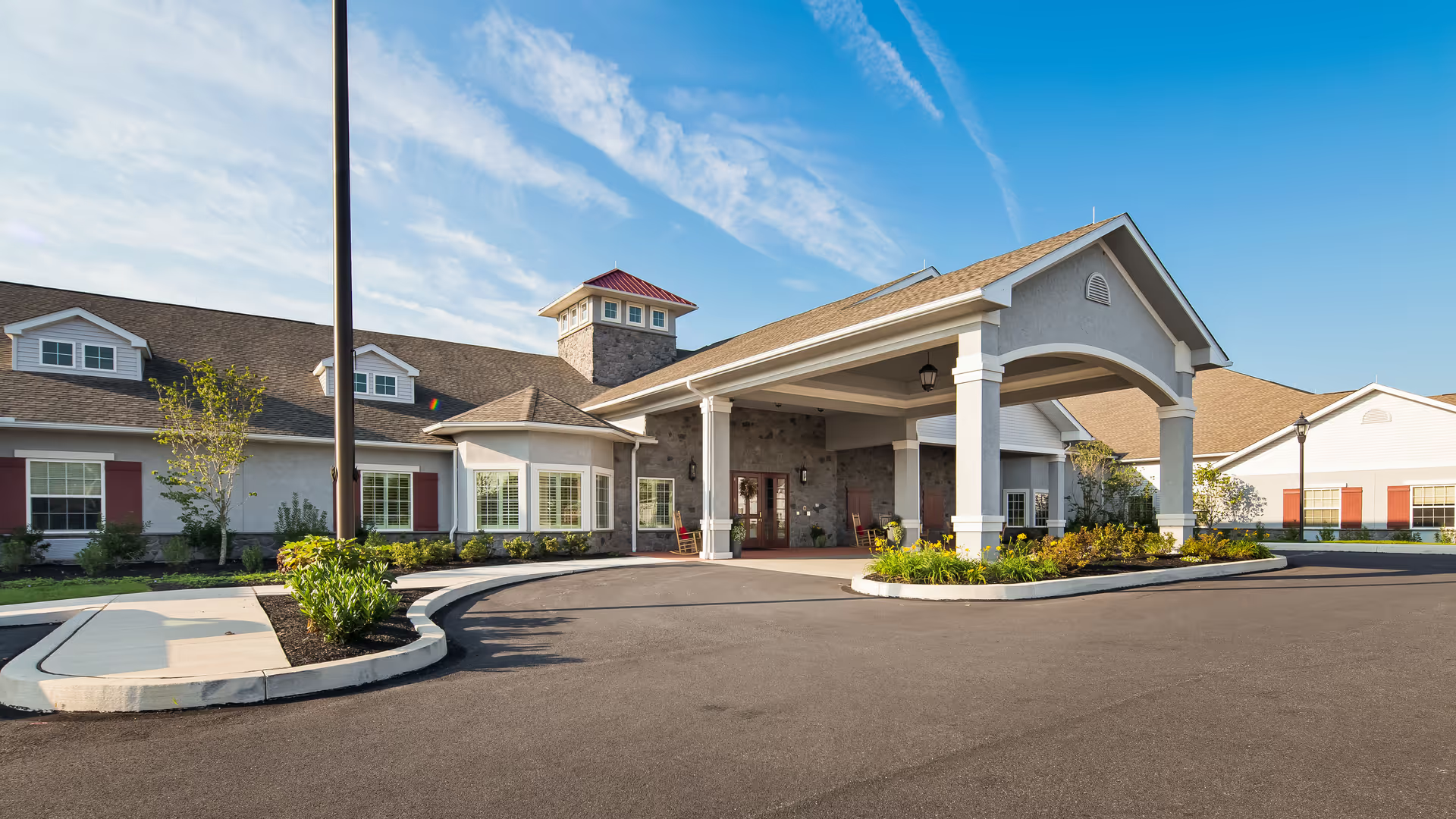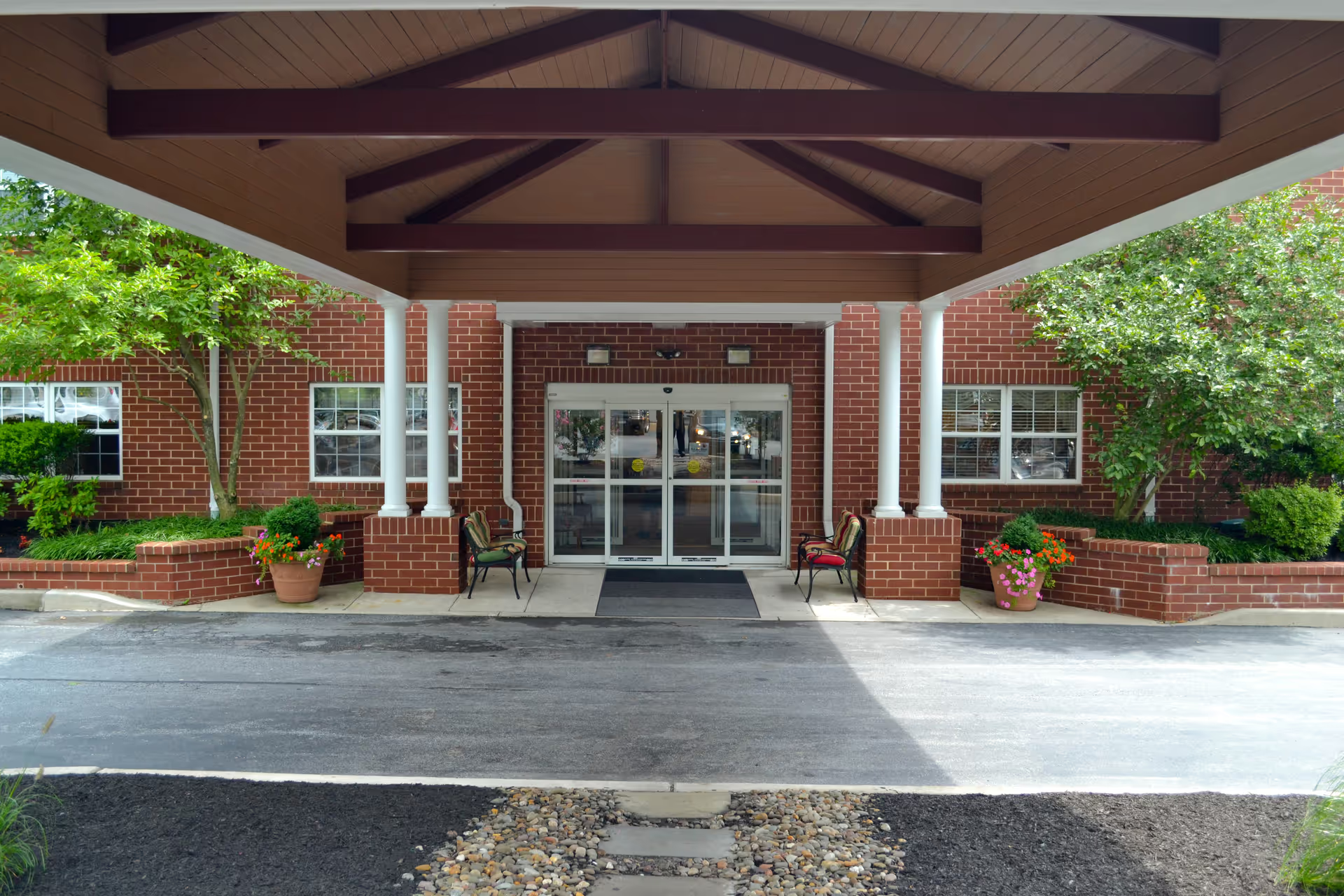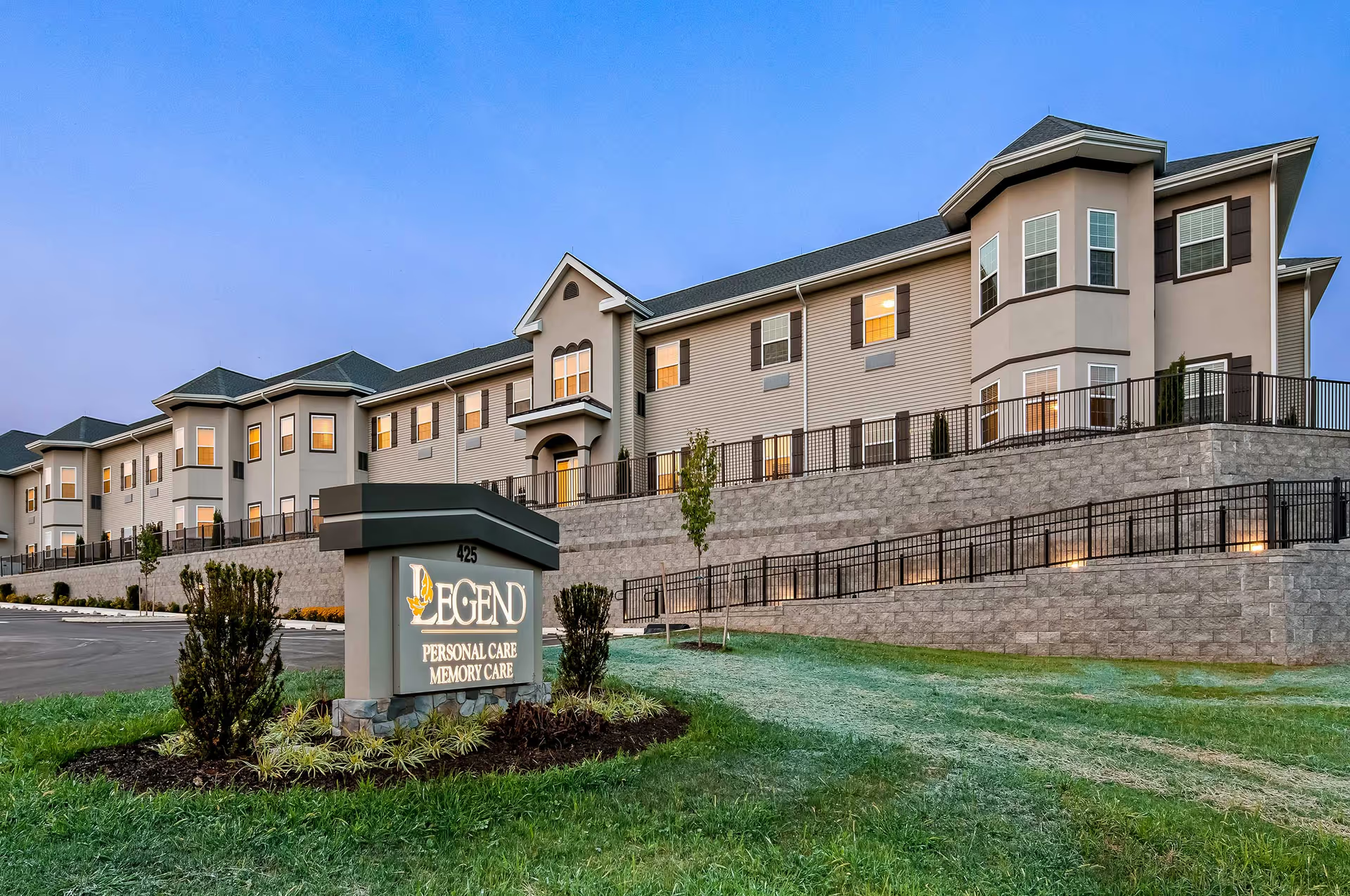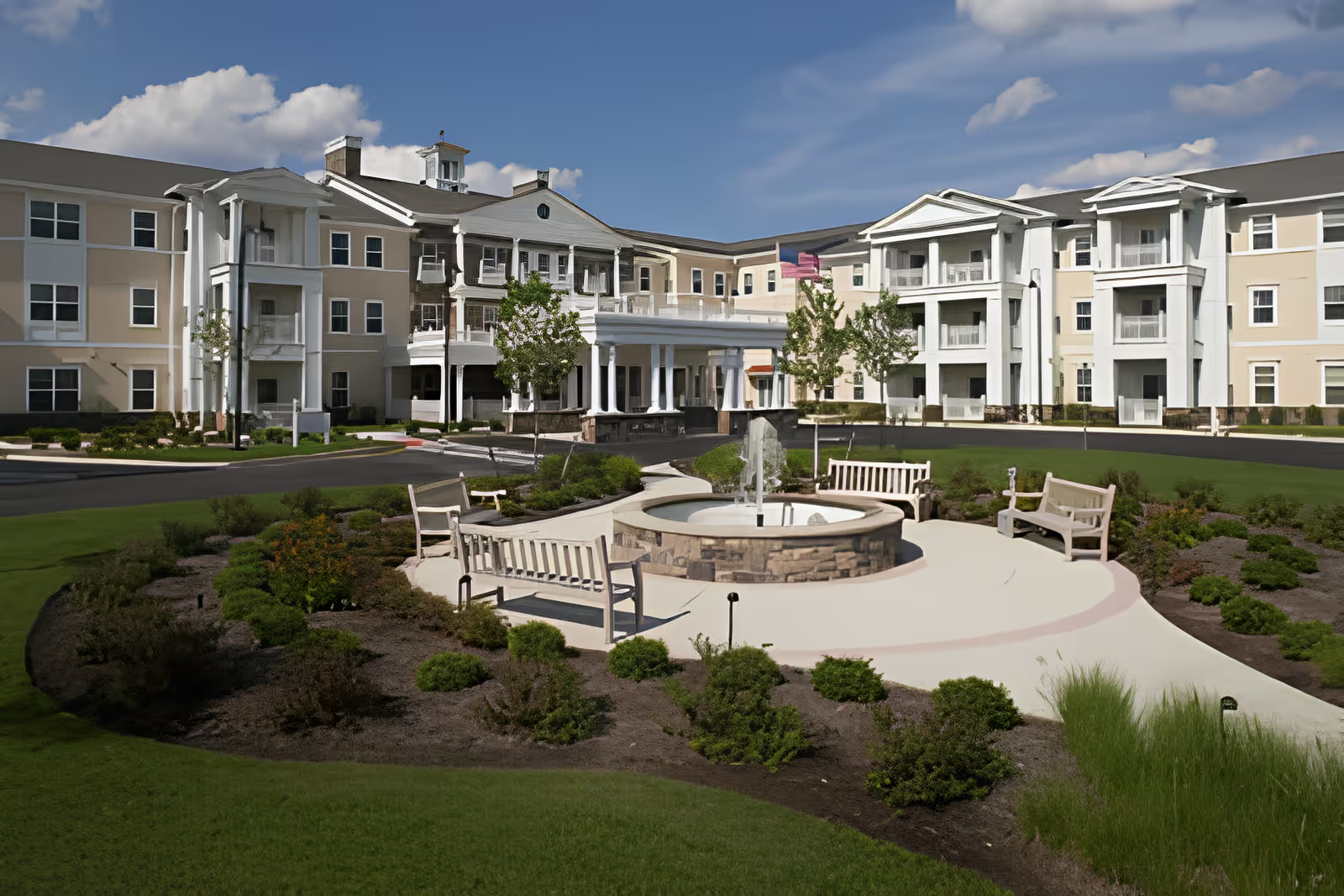The reviews for Carteret House present a decidedly mixed and polarized picture with strong, directly conflicting accounts. On one hand, numerous reviewers describe a clean, well-maintained building with spacious, comfortable rooms (including two-bedroom suites), pleasant common areas (family room, library, outdoor seating), and a robust activity program and menu. Several reviews praise specific leaders and administrators as caring, informative, and hands-on; some families report that the staff and management lifted the burden from them, provided excellent care across the board, and demonstrated pride and efficiency in operations. Hospice care is singled out positively in several accounts for being attentive and empathetic, and some med techs and front-line staff are described as liked and trusted by residents and family members.
However, many other reviews raise serious and recurring safety and management concerns. The most severe and frequently mentioned theme is medication mismanagement: accounts include medications being in a constant state of confusion, medications running out leading to withdrawal symptoms, failure to follow doctor orders, and inconsistent medication entries. Families reported inability to take or record manual vital signs (notably blood pressure), staff not following charts, and reports that resident care needs were neglected (residents crying out for help, unattended medications). These issues are described not as isolated incidents but as systemic failures in some accounts, and at least one reviewer explicitly recommended a state investigation and mentioned that a state audit had been recommended.
Related to clinical care, reviewers repeatedly describe inconsistent staffing competency and high turnover. Some reviewers call staff underqualified or incompetent, and several say the RCC (or charge nurse/lead) was unable to communicate adequately with physicians, families, or residents. Conversely, other reviews describe “fantastic staff from top to bottom,” indicating a high degree of variability: positive experiences often coexist with reports of severe breakdowns in care. Communication problems extend beyond clinical documentation: families report poor notification about changes, test results, and care decisions, as well as conflicts around POA rights and engagement of family members.
Safety and security issues appear in multiple negative accounts. There are alarming allegations of theft and pilfering of residents’ rooms by trusted med techs, and multiple reports of fires with related alarm-system problems (alarms disabled and staff blaming the system, a program director reportedly threatening arrest for arson). These claims, if accurate, constitute grave concerns about resident safety, staff oversight, and facility risk management. At least one reviewer explicitly cautioned others about placing a loved one at the facility due to these problems.
Facility-level impressions are similarly divided. Many reviewers emphasize a welcoming atmosphere, tidy, nicely furnished common areas, and efficient operations. Others note an unwelcoming lobby (no front desk or greeter), plastic or dated furnishings, and an odor of smoke on occasion. One reviewer mentioned proximity to a prison (signage), which affected the visitor impression. Administrative perception also varies: several reviewers praise specific directors (one named Melissa Arnold is referenced as leading a turnaround) and describe positive improvements, while others call for an overhaul of senior staff and warn of persistent management problems. This suggests that there may have been leadership changes or attempts at improvement that have yielded mixed results across time or across different departments/shifts.
Taken together, the reviews depict a facility with clear strengths in environment, some excellent staff members, and parts of the operation running well (dining, activities, hospice, and certain administrators). At the same time, there are multiple, serious, and recurring allegations around medication safety, clinical competence, communication failures, staff turnover, and security that cannot be ignored. The overall pattern is one of high variability: some families and residents have excellent experiences while others report dangerous lapses and troubling incidents. For anyone evaluating Carteret House, the review set suggests it is essential to (a) confirm current management and staffing stability (including whether reported turnarounds under named administrators are sustained), (b) review recent state inspection or audit reports and any formal investigations, (c) ask specific, documented questions about medication administration policies, staffing ratios, training/qualifications, and incident reporting, and (d) seek direct, recent references from current residents’ families to understand whether the operational problems described in negative reviews have been resolved. The conflicting reviews point to improvement efforts in some areas but also to unresolved systemic risks in others — due diligence and up-to-date verification are strongly advised.







